Taiwan Aboriginal || The Truth Behind Taiwanese Aborigines
The Struggles, History, and Developments of Taiwan Aboriginal Culture
So what is the truth about Taiwan Aboriginals?
Taiwan, previously referred to as Isla Formosa, has a deep and rich history of thousands of years, dating back to the days of Taiwan aboriginal inhabitants.
Recent research suggests that they have inhabited the island for over 5,500 years. Indeed, there are some theories to suggest that it was the Taiwanese indigenous people that first made their way over to the South Pacific islands in Polynesia and Melanesia.
This would make the Taiwan aboriginals some impressive early explorers!
Today, Taiwanese aborigines make up 2% of the Taiwan population.
They are the indigenous inhabitants of Taiwan, years before the Han Chinese arrived in the 17th century.
Taiwan Aboriginal || An Introduction
Taiwan Aboriginal || A (Brief) History
Taiwan Aboriginal || Taiwan Today
Taiwan Aboriginal || Where Are They Based?
Taiwan Aboriginal || Struggles
Taiwan Aboriginal || Developments
Taiwan Aboriginal || Making the News
Taiwan Aboriginal || FAQs
Taiwan Aboriginal: An Introduction
Taiwanese aborigines (原住民) are Austronesian people.
Because so, their language is similar to that of the people of the Philippines, as well as other Polynesian ethnic groups.
Their genetic ties also match these patterns.
Taiwanese Aborigines:
MANDARIN CHINESE;
原住民 – yuan zhu min
OTHER;
Formosan people
Austronesian Taiwanese
Gaoshan people
Taiwan Aboriginal: A (Brief) History
Taiwan’s history is a turbulent one, and therefore similarly so have the lives of the Taiwan aboriginals.
Taiwan is located in a very favourable spot in the world, perfect for trade. Because of this, it has therefore been fought over for many years.
DID YOU KNOW || The Dutch originally (partially) colonised Taiwan.
Arrival of the First Europeans
The Portuguese Arrival in Taiwan (1544)
The first Europeans to arrive in Taiwan, or Formosa as they called it, were Portuguese.
Arrival of the Spanish
Spanish Colonisation of Taiwan (1626)
The Spanish partial colonization of the northern part of Taiwan was originally for the strategic interests it played, with Spain’s trade in Manilla in the Philippines playing an ever-increasing role.
It was short-lived, however, and most of this land came under Dutch rule within seventeen years.
Arrival of the Dutch
Dutch Colonisation of Taiwan (1624 to 1662)
When the Dutch arrived, the only inhabitants on the island were largely Taiwanese aborigines.
They colonized the south of the island partially and took over much of the Spanish territory.
Before the Dutch came, Taiwanese aborigines had been living on the island largely undiscovered and undisturbed for thousands of years. This, except for the Spanish who first landed on the island and named it for its beauty.
Arrival of the Han Chinese (Ming Dynasty)
Ming Dynasty’s Kongxia Takes Over (1662)
By 1662, the Han Chinese had been interested in Taiwan for a while now. They had established connections and several trade routes in Taiwan.
In 1662, the Ming Dynasty’s Kongxia took over the colonized parts from the Dutch. They then ruled in Taiwan until the Qing Dynasty then came along.
It was during Qing rule that Taiwan’s population became majority Han due to migration from mainland China.
Taiwanese Aboriginals Now
So, what happened next?
Unfortunately, just like many indigenous populations around the world, the Taiwanese aboriginal population is slowly dying out.
Today’s figures show that the Taiwanese aboriginal population makes up only 2% of the total Taiwanese population.
Various tribes, as well as their individual cultures and languages, are slowly being lost.
Out of the original 26 Formosan (Taiwanese aboriginal) languages, only a few remain. These few are slowly being replaced by Mandarin Chinese.
So, if there is any time to go to Taiwan to experience these unique cultures, now is the time!

Former Name of Taiwan 🏝 Isla Formosa and Taiwan History
When discussing the former name of Taiwan, Formosa & Isla Formosa come up as previous names of the Island, but how turbulent has Taiwan’s history been?
Taiwan Aboriginal || Taiwan Today
The Taiwanese government currently recognises 16 Taiwan aboriginal tribes.
You can see these Taiwanese aboriginal tribes in alphabetical order below;
- Amis
- Atayal
- Bunun
- Hla’alua
- Kanakanavu
- Kavalan
- Paiwan
- Puyuma
- Rukai
- Saisiat
- Sakizaya
- Seediq
- Thao
- Truku
- Tsou
- Yami
Where Can You Find Taiwanese Aborigines Today?
Today, Taiwanese aborigines are scattered all over Taiwan.
Most Taiwanese aborigines live in mountainous regions along the east coast. These areas are close to Hualian and Taitung.
However, in recent times many Taiwanese aborigines have migrated to the cities in search of better jobs.
Many now work in construction.
The Struggles of the Taiwanese Aborigines
Years of conflict and a series of colonisations have resulted in a large decline in the Taiwan aboriginal population.
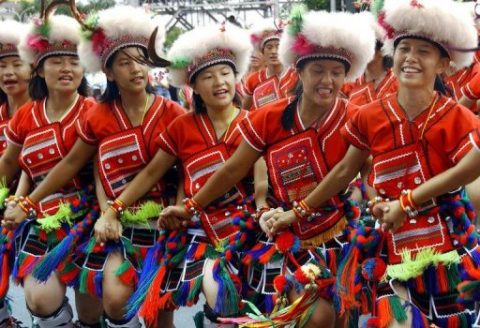
With the decline in population also comes the decline in Taiwanese aboriginal culture.
This includes music, clothing, social practices, and language.
With the rise of Chinese and Taiwanese culture in Taiwan, cultural assimilation has taken place. This means that many traditional aspects of Taiwan aboriginal culture have been lost completely or are in the process of dying out.
One example of this is the language.
Out of the 26 recorded Taiwan aboriginal languages, there could have been many more preserved.
10 are already classified as ‘extinct languages‘, and the rest are in the process of dying out or classed as ‘endangered‘.
Taiwan aboriginals are not part of the ethnic Han Chinese group.
Consequently, many face difficult social and economic barriers in Taiwan. One of which includes substandard education, stemming from language barriers.
This then results in social and economic deficiencies such as high unemployment rates and low living standards.

A Complete Guide to Kinmen Island // The Gateway to the Mainland
Kinmen Island, or rather Kinmen County/Kinmen Islands are a group of islands located just 2km from the mainland’s South-East coast of Fujian Province.
Taiwanese Aborigine Developments
Music brings the world together!
In recent developments, there has been a rise in Taiwan aboriginal culture. We can see this in achievements in the music and sporting world.
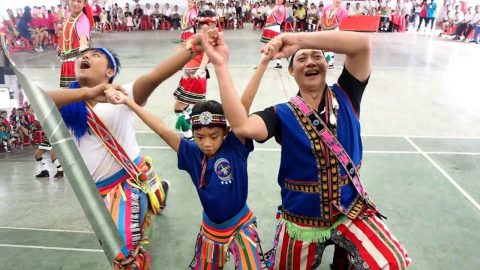
Regarding sports, some Taiwan aboriginal athletes have taken part in the Olympics.
Music also plays a big part in these developments.
There are even some who have made it to stardom in the Mandarin-pop world! This includes:
- A-mei (張惠妹, Chang Hui-mei)
- Chang Chen-yue (張震嶽)
- A-Lin
- Liang Wen-yin (梁文音).
Give them a listen on the great Chinese music app QQ Music and improve your Chinese through music!
I’m currently giving Taiwan aboriginal music a go whilst writing this – not bad!
Taiwan Aboriginal || Taiwanese Aborigines Making News
In very recent news there have been big developments concerning Taiwan aborigines.
The Taiwanese president made history.
For the first time, a Taiwanese president offered an apology.
The leader said she offered her “fullest apology” on behalf of the government and country for the treatment Taiwanese aborigines have endured over the years.
“If we wish to declare ourselves as a country of one people, we need to face these historical facts. We have to face the truth.”
Interestingly enough, President Tsai is the first leader of Taiwan with indigenous heritage background.
Her grandmother was apparently a Taiwanese aborigine from the Paiwan indigenous tribe.
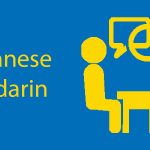
Things You Have To Know About Taiwanese Mandarin
What is the difference between Taiwanese Mandarin and Standard Mandarin? What language do they speak in Taiwan? Your questions are all answered here.
Whether you’re planning to visit Taiwan as a tourist, or coming to live, work, or study, don’t forget to head back to its roots and include checking out the Taiwan aboriginal culture during your exploration of this beautiful island.
Taiwan Aboriginal FAQs
How many Taiwan Aboriginal groups are recognized today?
16 are recognized today.
Amis
Atayal
Bunun
Hla’alua
Kanakanavu
Kavalan
Paiwan
Puyuma
Rukai
Saisiat
Sakizaya
Seediq
Thao
Truku
Tsou
Yami
How much of the Taiwanese population is aboriginal?
Unfortunately, just like many indigenous populations around the world, the Taiwanese aboriginal population is slowly dying out, with today’s figures showing that the Taiwanese aboriginal population makes up only 2% of the total Taiwan population.
What was Taiwan previously known as?
Taiwan was previously referred to as Isla Formosa.
Has a Taiwanese Aboriginal ever taken part in major sporting events?
Yes, in fact some Taiwan aboriginal athletes have taken part in the Olympics.
Want more from LTL?
If you wish to hear more from LTL Mandarin School why not join our mailing list.
We give plenty of handy information on learning Chinese, useful apps to learn the language and everything going on at our LTL schools!
Sign up below and become part of our ever growing community!
BONUS | Want to study the local Taiwanese dialect known as Hokkien? We provide Hokkien classes in person and online.
![[𝗢𝗟𝗗] LTL Taiwan Logo](https://old.ltl-taiwan.com/wp-content/sites/10/logo-ltl-header.png)

 Hi, my name is Manuel! I am from Spain and I am a Student Advisor at LTL and I’m based at our Taipei school.
Hi, my name is Manuel! I am from Spain and I am a Student Advisor at LTL and I’m based at our Taipei school.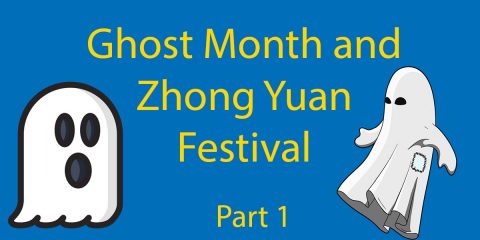
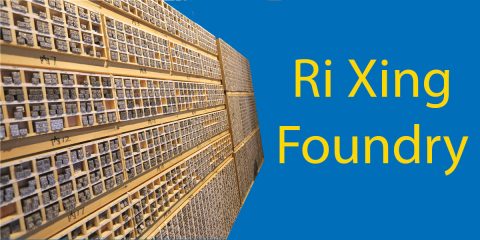
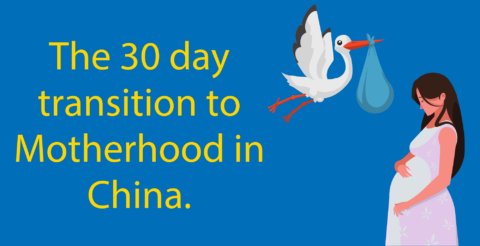
6 comments
[…] Taiwan aborigines have inhabited Taiwan for over 5000 years. They were very private people, and until the Dutch invaded they were left largely untouched and undisturbed. They would only trade occasionally with outsiders, and even China knew very little about the indigenous population on the island. […]
[…] is also used for some Taiwanese aboriginal […]
[…] stunning location to view the cherry blossom trees, you can learn all about Taiwan’s aboriginal population on your […]
I went to Sun Moon lake in Taiwan formerly Formosa in 1970, met aboriginal native people, it was impressive.
I was the first female diplomat ever sent to represent a country in Taiwan.
This is a fact that denied the claim of China that Formosa is chinese.
Excellent to hear Criolla! That must have been a fascinating trip.
[…] and Melanesia. This would make the Taiwan aboriginals some impressive early explorers! Today, Taiwanese aborigines make up 2% of the Taiwan population. They are the indigenous inhabitants of Taiwan, years before […]